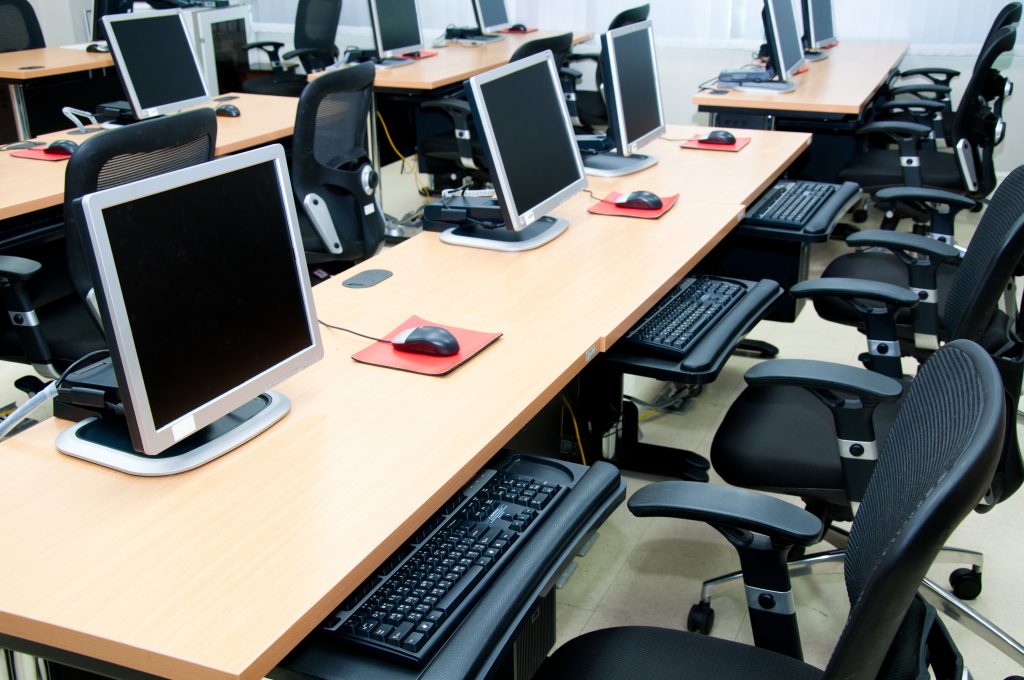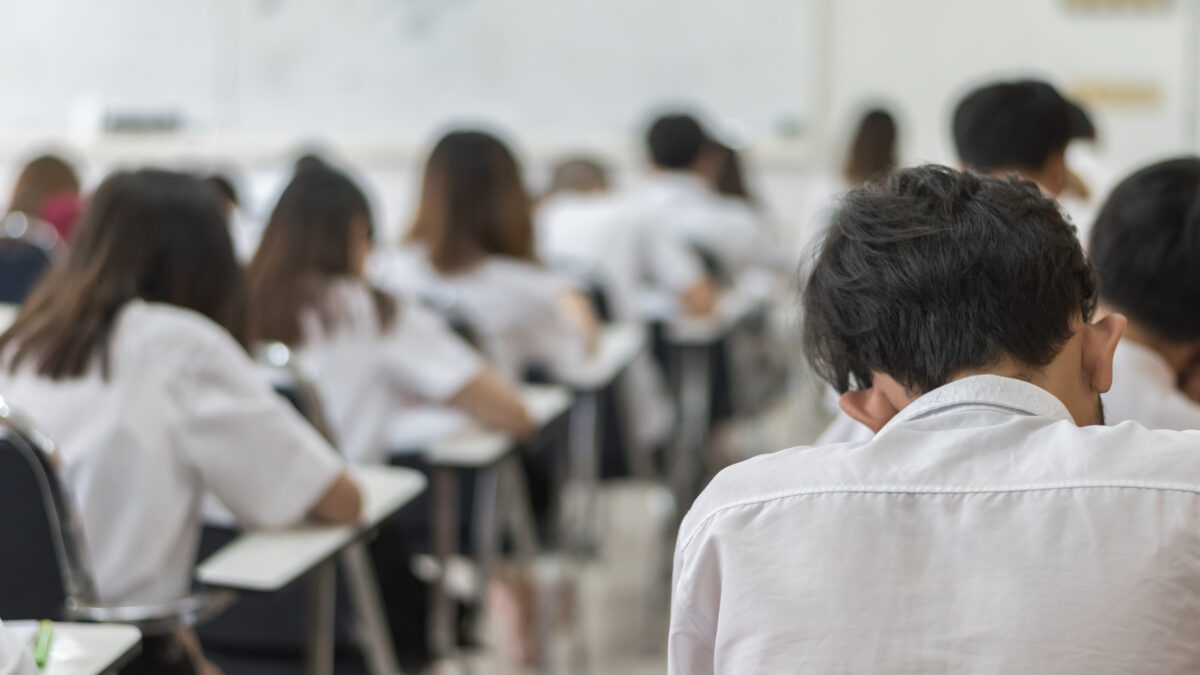The second year of Covid exams has seen the attainment gap widen after the national qualifications body abandoned the use of computer-aided decision-making.
Yesterday saw almost 137,000 senior school students in Scotland receive their results from the Scottish Qualifications Authority (SQA).
National 5, Higher and Advanced Higher exams were scrapped for the second year in a row due to the pandemic, and the number of students who received an A-C grade – known as the attainment rate – slumped overall in comparison to last year.
Despite Nicola Sturgeon’s promise to close the educational attainment gap, the grades of pupils in the most deprived areas fell by twice as much as those in the most affluent areas.
This comes after the exams debacle last year which saw an algorithm used by the SQA to moderate teachers’ estimates of pupils’ grades.
The controversial process took into account the previous results achieved by the school and saw more than 124,000 grades being lowered, which critics say penalised schools in less wealthy areas.
This year, the algorithm was shelved and an ‘alternative certification model’ was introduced, meaning grades were largely based on assessments – dubbed “exams in all but name” by some parent groups.
For National 5 qualifications, the attainment rate was 85.8 per cent this year, compared to 89 per cent in 2019 -20. Higher attainment fell from 89.3 per cent to 87.3 per cent, while Advanced Higher dropped to 90.2 per cent from 93.1 per cent.
However, a record number of As was achieved. In National 5s, 46.7 per cent of pupils gained an A compared to 42.3 per cent last year. In Highers, 47.6 per cent of students received an A, as opposed to 40 per cent in 2020. Finally, 51 per cent of Advanced Higher students achieved an A, compared to 46.3 per cent last year.
Education secretary Shirley-Anne Sommerville said: “This is a strong set of results, achieved under extraordinary circumstances. It’s been one of the toughest academic years we’ve ever known, with the pandemic throwing significant challenges at our young people. So to have this many learners receiving certificates and for the number of passes at Higher and Advanced Higher to be so high is incredible.
“These results are testament to the hard work, resilience and determination of learners – and to the dedication of their endlessly supportive teachers and lecturers, who have been with them every step of the way, going above and beyond to make sure pupils got the grades they deserve. Learners can be confident that their awards are fair, consistent and credible. Indeed, industry representatives have made it clear how much they value this year’s qualifications.”
Sommerville has also said that a decision on whether pupils will sit exams in the next academic year will be made “in the next few days”.
An OECD review of the assessment system in Scotland is due to be published at the end of August, which is expected to provide recommendations for improvement.
A previous report also led the Scottish Government to announce plans to replace the SQA, as well as heavily reform Education Scotland.
Last week the SQA chief executive Fiona Robertson came under fire for refusing to apologise for last year’s exams fiasco and is now being urged by the Scottish Liberal Democrats to resign.
The Scottish Liberal Democrat education spokesperson, Beatrice Wishart, said: “The fact that the gap between the richest and the poorest has increased again makes a mockery of SNP promises to close the attainment gap. The blame for this sits firmly with the government and its education quangos.”
‘Encouraging sign’


New figures also show that there has been an increase in uptake of computing science in schools, which experts are calling “a step in the right direction”.
It was revealed on Tuesday that the number of pupils studying computing science at National 5 level was 6,288 – a rise of 72 from last year.
At Higher level, there was an increase 211 pupils, with a total of 3,377 students studying the subject.
And there were 565 pupils studying Advanced Higher computer science, which is a rise of 73 pupils.
Despite this promising development, the gender gap continues to be an issue for the male-dominated subject, with girls only accounting for 1,923 of the 10,228 pupils studying computing science at all three levels in 2021.
Toni Scullion, a computing science teacher and founder of dressCode and The Digital Technology Education Charter, said: “This year’s computing science figures are an encouraging sign for the subject but it is worth remembering that this was another extraordinary year in education generally, so it is difficult to draw reliable conclusions.
“It is important not to forget that computing science has had a 20-year trend of falling uptake and a corresponding drop in computing science teachers numbers. It is a subject that is not delivered in every school and we still have pupils every year who do not get the opportunity to study computing science. There is so much talent we are not tapping into and of those that do get to study, some only have as little as 19 periods a year allocated.
“There is a very long way to go for computing science and a lot more work needs to be done. We need to think what are we doing differently in order to convincingly reverse this downward spiral if Scotland is to truly be a digital nation. It would be more encouraging to see the implementation of the Scottish Technology Ecosystem Review’s findings, have computing science share equal importance with subjects such as english and maths within the school curriculum and invest in computing science in a manner more proportionate to its importance to our economy.”




